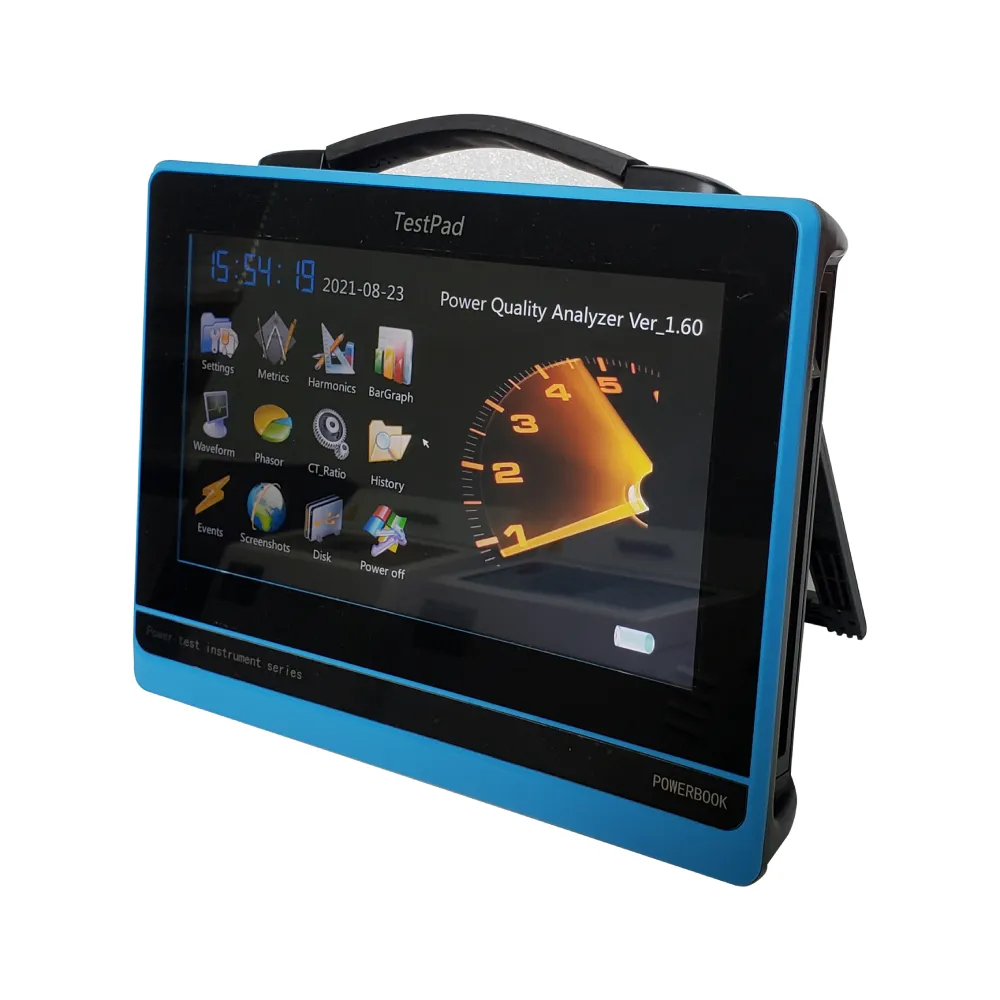 English
English


Understanding Tan Delta Testing for Dry Type Transformers and Its Importance
Understanding the Tan Delta Test for Dry Type Transformers
The Tan Delta test, also known as the Power Factor test, is a crucial diagnostic procedure used to evaluate the insulation condition of electrical equipment, particularly dry type transformers. This test helps determine the quality and reliability of the insulation system, which plays a vital role in the overall performance and longevity of transformers. In this article, we will delve into the principles of the Tan Delta test, its significance, procedure, and interpretation of results.
Principles of the Tan Delta Test
The Tan Delta test involves measuring the power factor or loss angle of the insulation system under an applied voltage. The term Tan Delta refers to the tangent of the loss angle (δ) between the current and voltage waveforms in the insulation. It provides a measure of the dielectric losses occurring in the insulation material when subjected to an AC voltage. The formula is
\[ \text{Tan} \, \delta = \frac{I_{\text{loss}}}{I_{\text{capacitive}}} \]
Where \(I_{\text{loss}}\) represents the resistive current (loss current), and \(I_{\text{capacitive}}\) represents the capacitive current. A lower Tan Delta value indicates better insulation quality and lower losses. Conversely, a higher Tan Delta indicates increased insulation deterioration and potential failure.
Importance of the Tan Delta Test
Dry type transformers are commonly used in various applications due to their compact size, ease of maintenance, and environmental safety. However, like any electrical equipment, they are prone to insulation deterioration over time due to thermal, mechanical, and electrical stresses. As the insulation degrades, it can lead to increased heat generation, insulation failure, and even catastrophic failures that could compromise safety and performance.
The Tan Delta test serves as a proactive maintenance tool that allows operators to assess the insulation health of transformers. By regularly monitoring Tan Delta values, utility companies can schedule maintenance and replacements, preventing unexpected outages and ensuring reliability.
Conducting the Tan Delta Test
tan delta test for dry type transformer

The Tan Delta test for dry type transformers is typically performed under the following conditions
1. Preparation The transformer should be disconnected from the power system and properly grounded. Ensure that the test equipment is calibrated and ready for use.
2. Test Setup Connect the test leads of the Tan Delta test set to the appropriate terminals of the transformer. Depending on the design of the transformer, tests can be conducted on the windings (high voltage or low voltage) independently or in a series configuration.
3. Applying Voltage Apply the appropriate AC test voltage as specified by industry standards. The test voltage should generally be around 80% to 100% of the rated voltage of the transformer.
4. Measurement As the test voltage is applied, the Tan Delta test set measures the dissipation factor (DF) and capacitance. The results are typically recorded in a graphical format, which allows for easy comparison against previous readings.
5. Interpretation The results of the Tan Delta test are analyzed in conjunction with historical data. A gradual increase in Tan Delta values over time may suggest insulation deterioration. In contrast, a spike in values could indicate a sudden fault or insulation failure.
Interpreting Tan Delta Results
Interpreting Tan Delta results is critical in assessing the health of insulation. Generally, a Tan Delta value below 0.5% is considered normal for dry type transformers. Values between 0.5% and 1.0% may indicate a need for further investigation, while values above 1.0% typically require immediate attention, as they suggest significant insulation degradation.
Conclusion
The Tan Delta test is a vital tool for the maintenance and reliability of dry type transformers. It not only provides insights into the condition of insulation systems but also helps prevent unscheduled outages and extends the lifespan of transformers. By integrating the Tan Delta test into regular maintenance routines, electrical utilities can ensure the safe and efficient operation of their transformer fleets. Regular monitoring and analysis can ultimately lead to improved reliability, safety, and cost-efficiency in electrical systems.
-
Differences between open cup flash point tester and closed cup flash point testerNewsOct.31,2024
-
The Reliable Load Tap ChangerNewsOct.23,2024
-
The Essential Guide to Hipot TestersNewsOct.23,2024
-
The Digital Insulation TesterNewsOct.23,2024
-
The Best Earth Loop Impedance Tester for SaleNewsOct.23,2024
-
Tan Delta Tester--The Essential Tool for Electrical Insulation TestingNewsOct.23,2024





